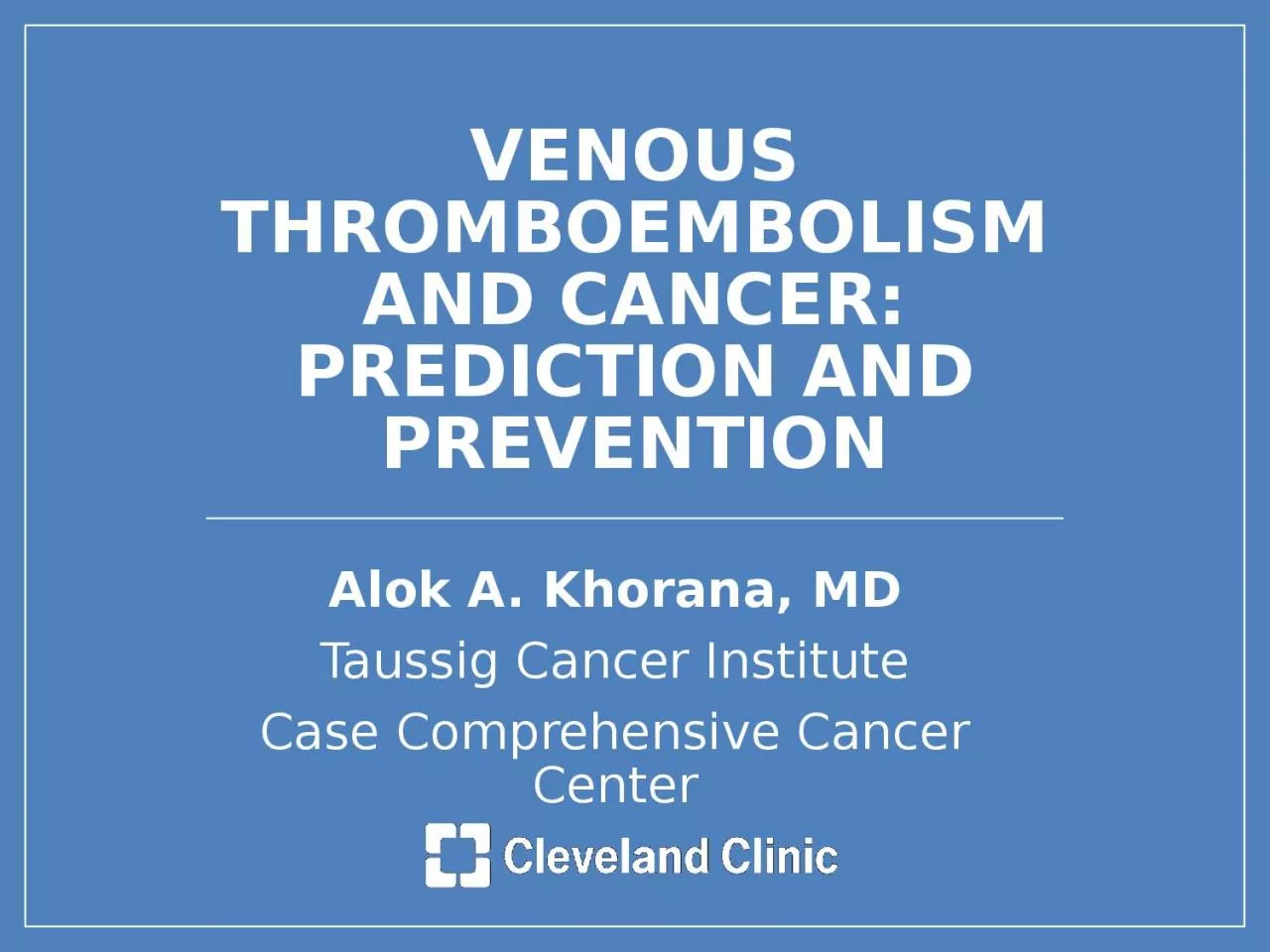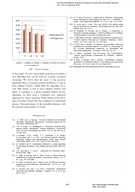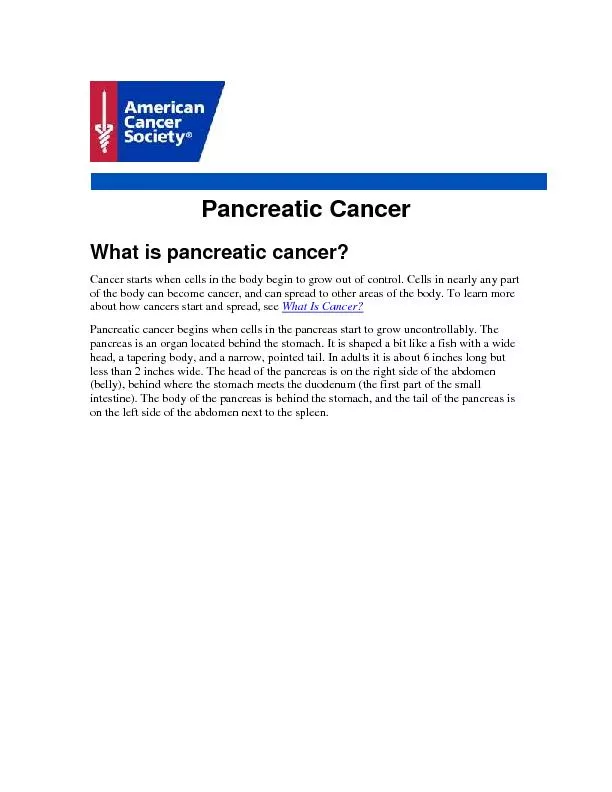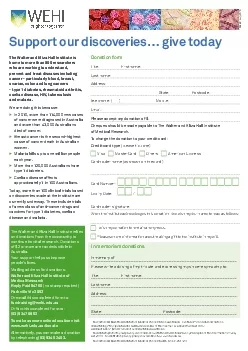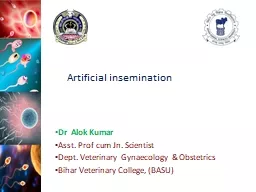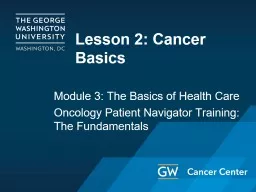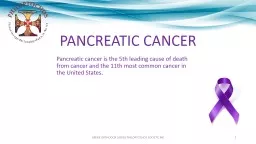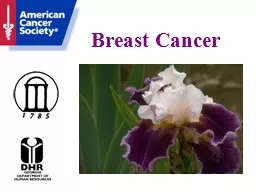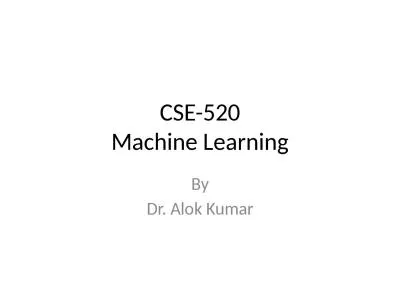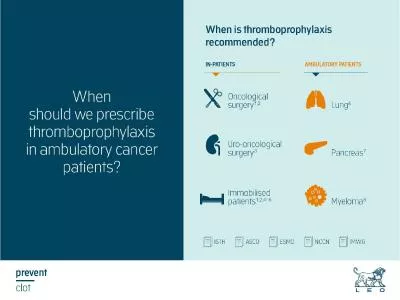PPT-Alok A. Khorana, MD Taussig Cancer Institute
Author : adah | Published Date : 2022-06-18
Case Comprehensive Cancer Center Venous Thromboembolism AND Cancer Prediction and prevention DISCLOSURES Consultant for Sanofi amp Leo Why You Should Care VTE
Presentation Embed Code
Download Presentation
Download Presentation The PPT/PDF document "Alok A. Khorana, MD Taussig Cancer Insti..." is the property of its rightful owner. Permission is granted to download and print the materials on this website for personal, non-commercial use only, and to display it on your personal computer provided you do not modify the materials and that you retain all copyright notices contained in the materials. By downloading content from our website, you accept the terms of this agreement.
Alok A. Khorana, MD Taussig Cancer Institute: Transcript
Download Rules Of Document
"Alok A. Khorana, MD Taussig Cancer Institute"The content belongs to its owner. You may download and print it for personal use, without modification, and keep all copyright notices. By downloading, you agree to these terms.
Related Documents

